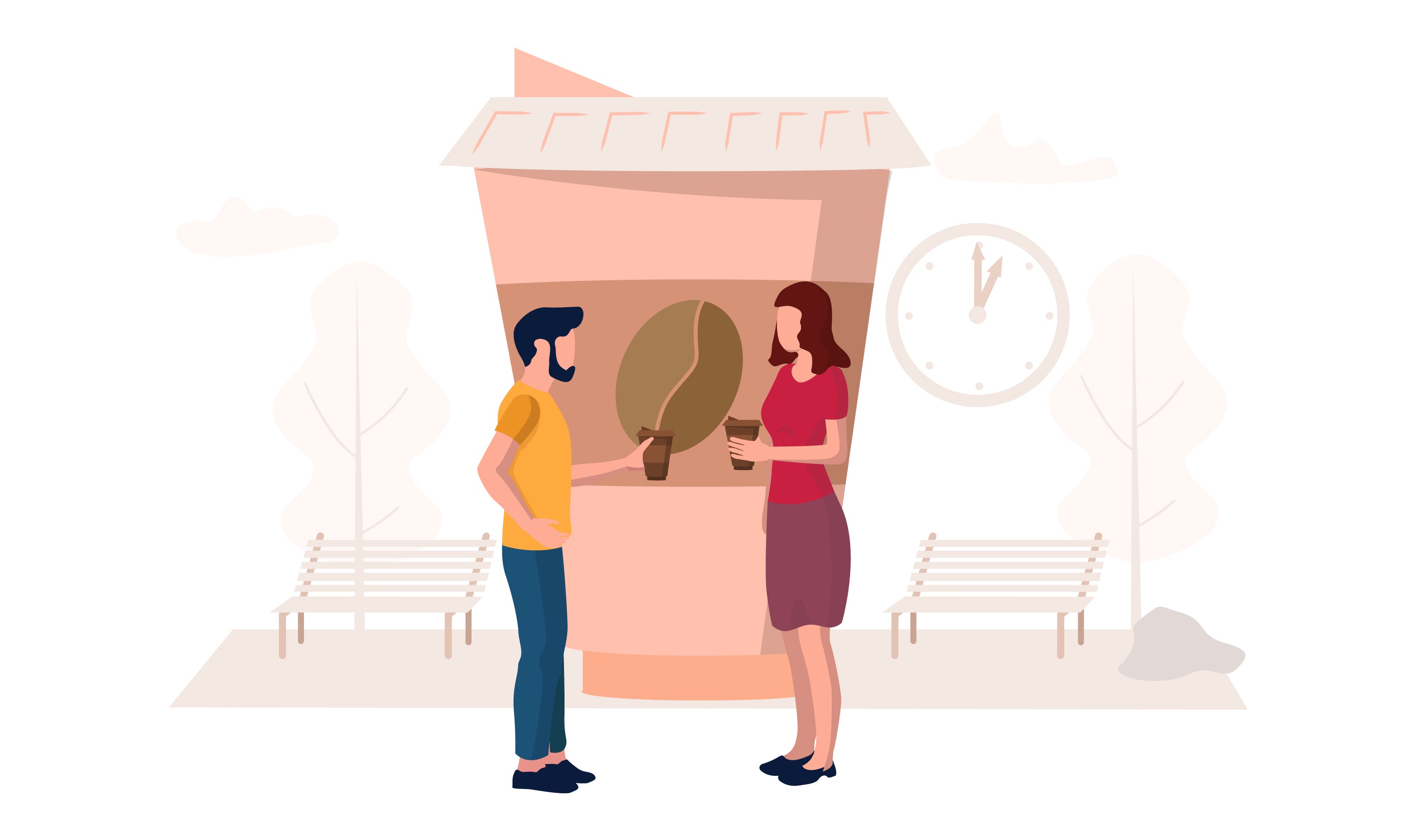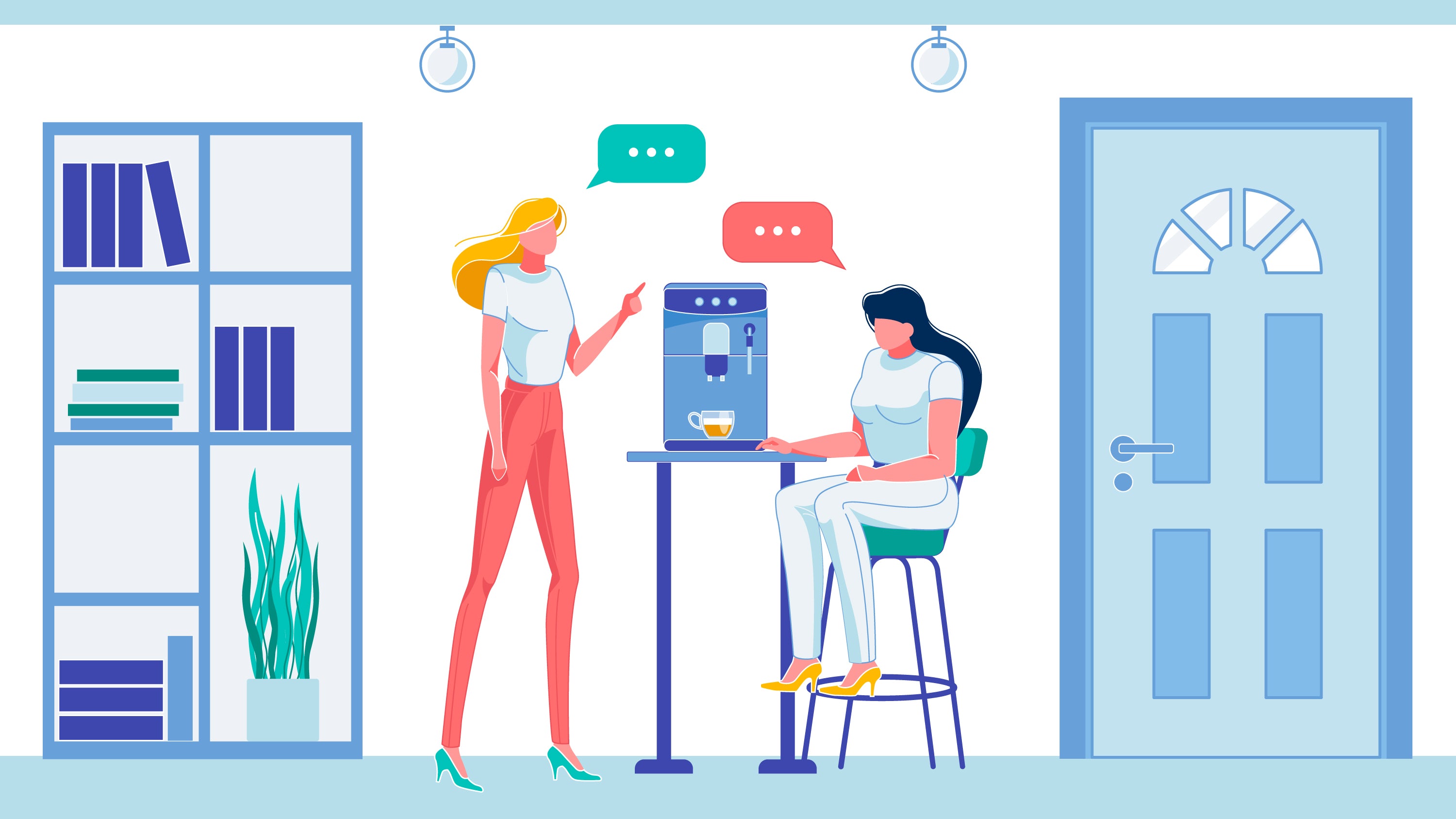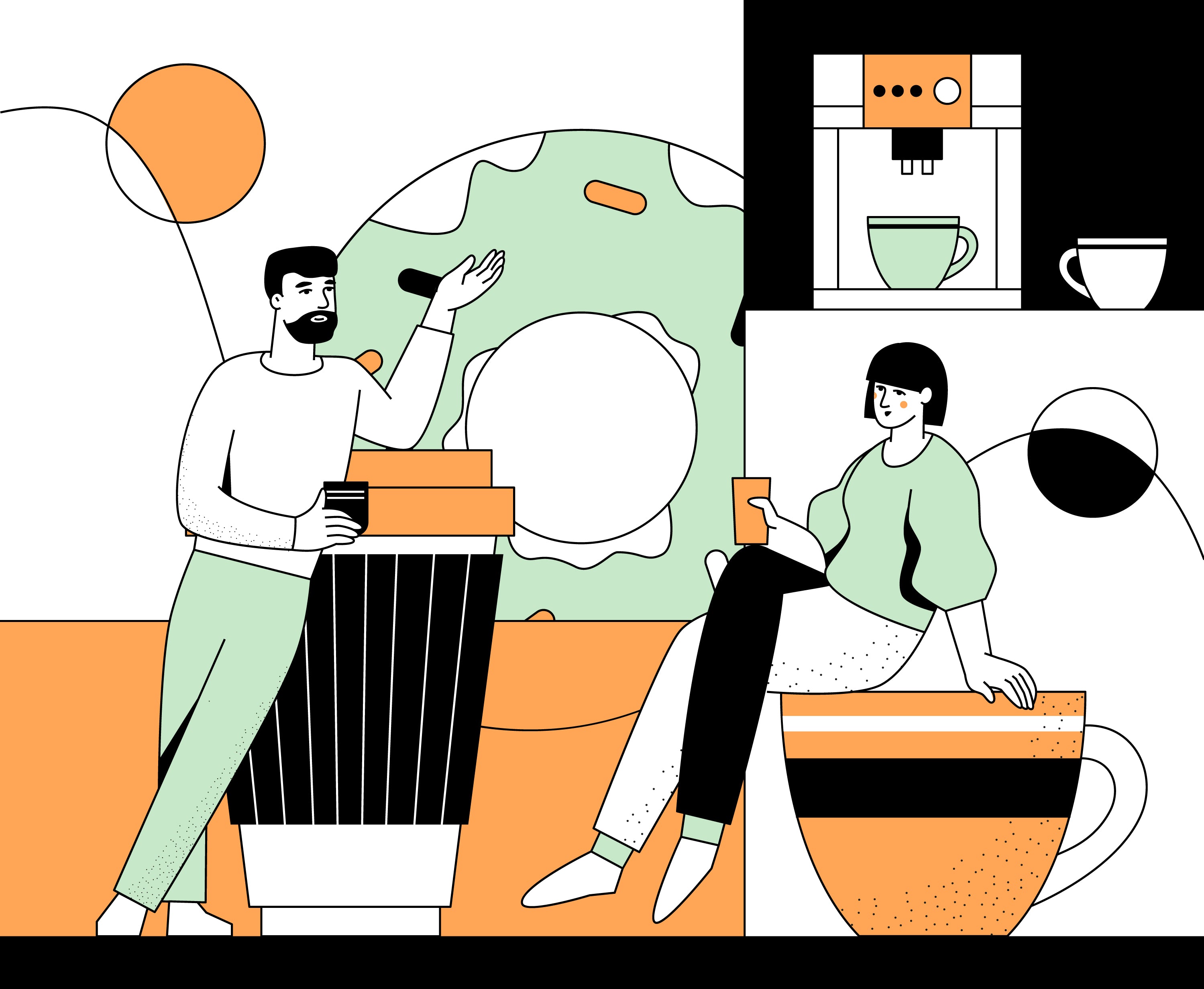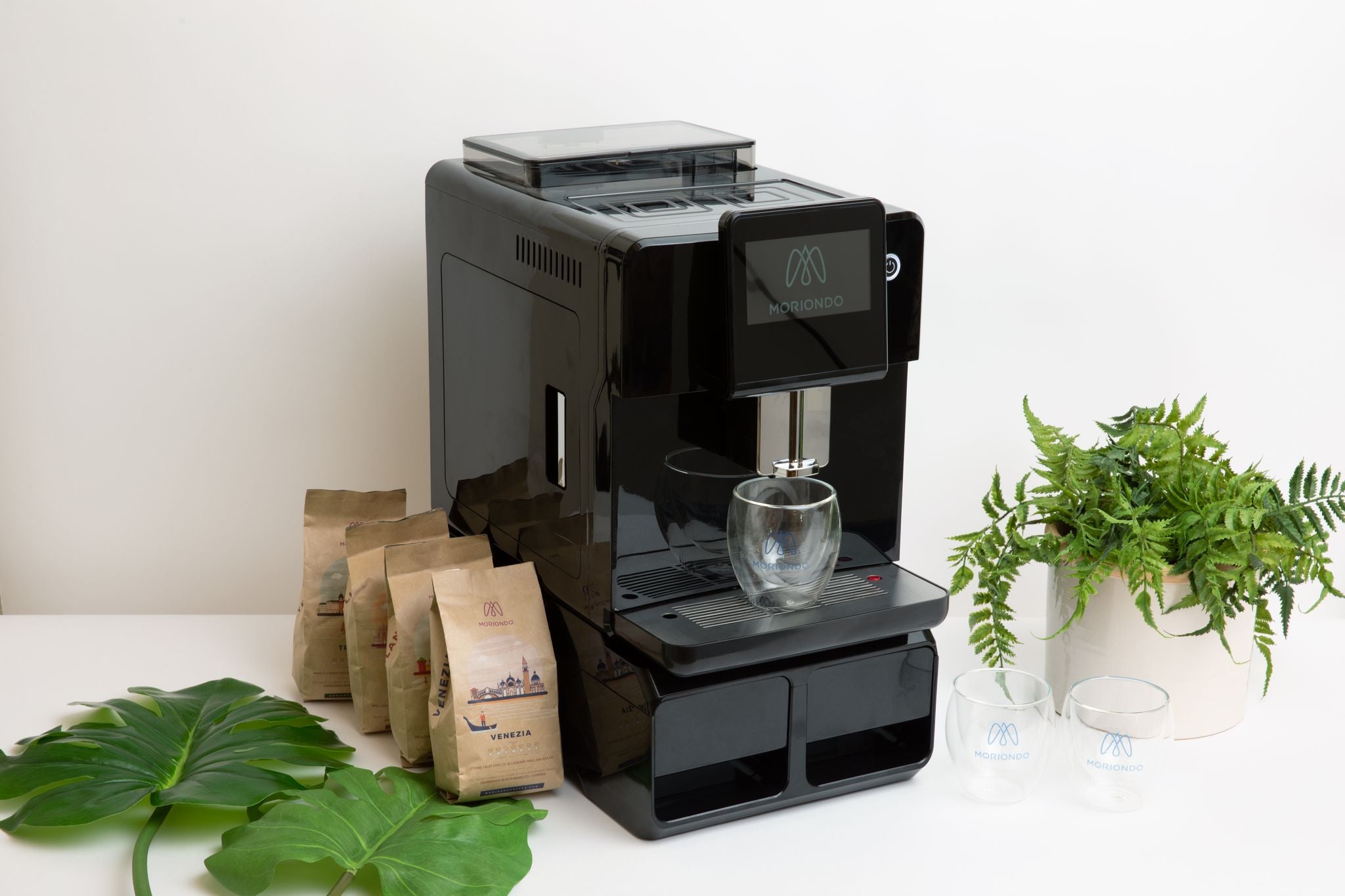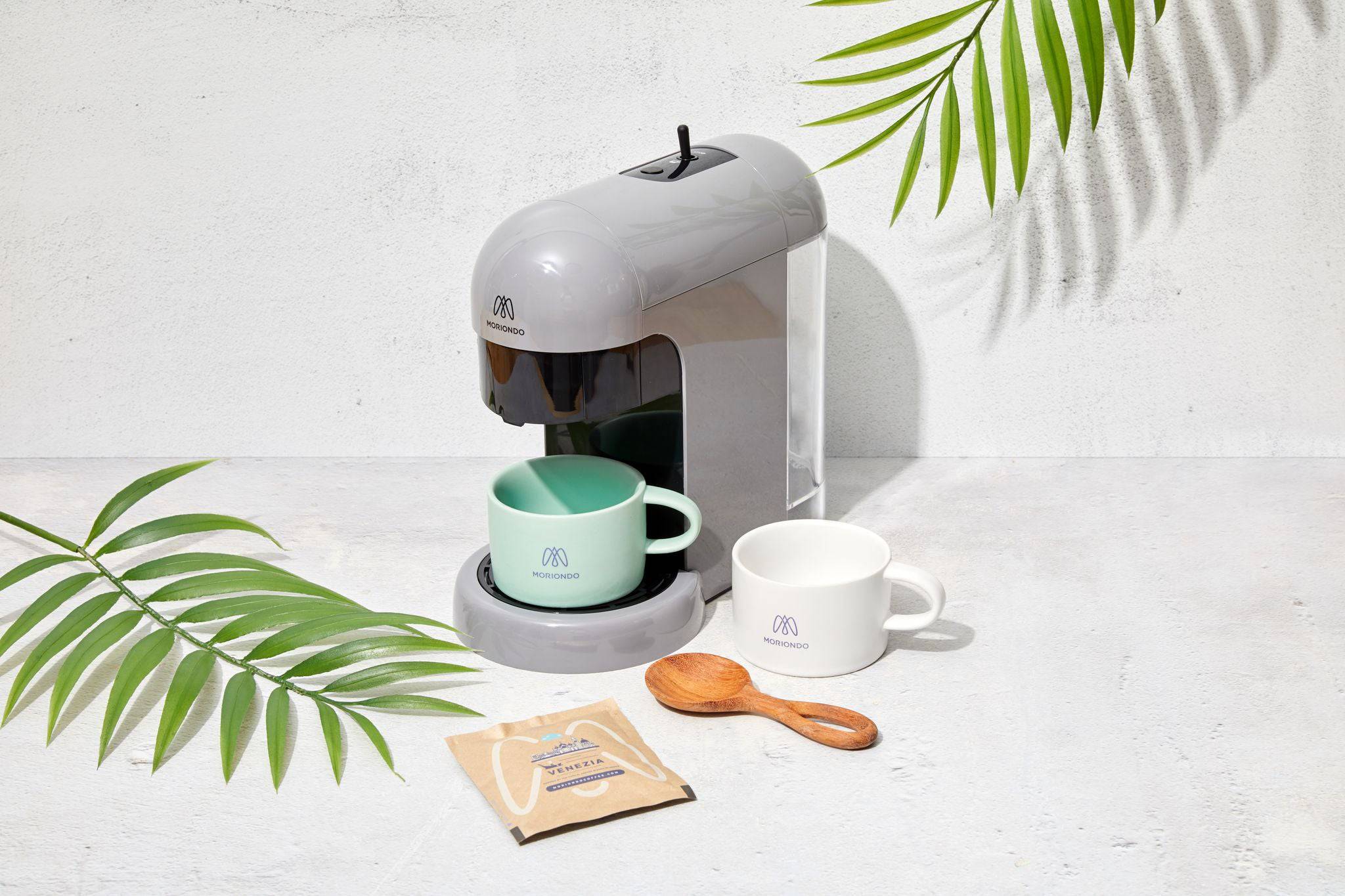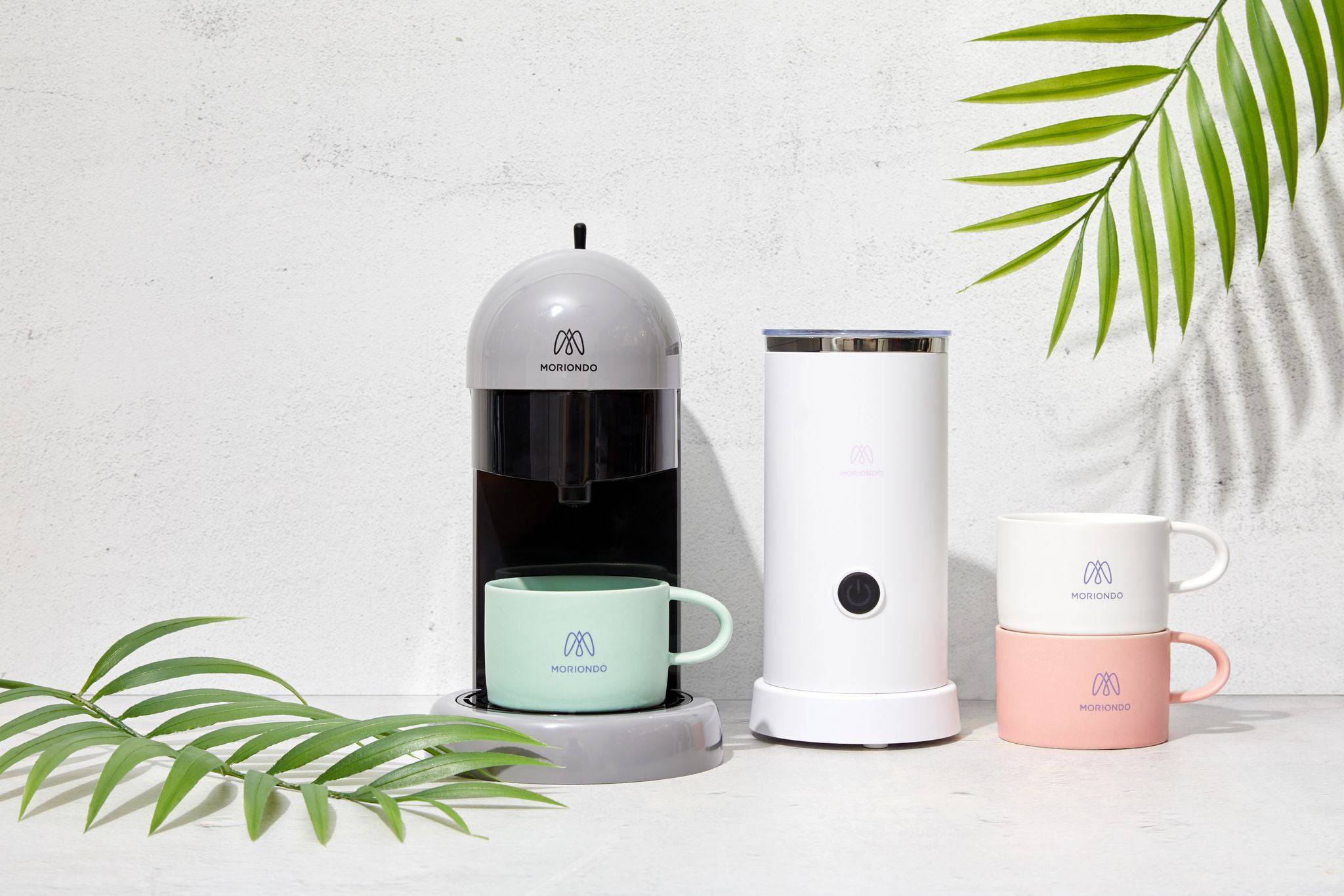Why Recyclable K-Cups Sparked A Backlash
Last year, on November 2, a woman named Kathleen Smith from California decided to sue Keurig in a class-action lawsuit for labeling its K-cups “recyclable.” Accusing the company of breaking the law by deceptively labeling its product, Smith raises the issue of whether manufacturers take our waste crisis seriously when they offer a recyclable product.
Last year, on November 2, a woman named Kathleen Smith from California decided to sue Keurig in a class-action lawsuit for labeling its K-cups “recyclable.” Accusing the company of breaking the law by deceptively labeling its product, Smith raises the issue of whether manufacturers take our waste crisis seriously when they offer a recyclable product.
K-cups do have recyclable parts.
The company changed the plastic it uses in its cups from number 7, a blend of “other” plastics which cannot be recycled, to number 5 plastc, Prolypropylene, which many recycling facilities process. So, in theory, these cups can be shredded and recycled.
Why K-cups are difficult to recycle
However, the cups are not easy to recycle. They have a mixed-material design, so the small plastic recyclable cups are lined with a filter and sealed with a flap of aluminum foil. Before sending the plastic cups with the other recyclable plastics to a recycling center, the consumer has to peel off the foil (and it doesn’t have a pull tab), and tear off the liner.
The plastic should be free of coffee grinds, since no recycling center would have the means to rinse off each small cup. This places a lot of demands on consumers who have purchased the cups with convenience in mind.
However, that still doesn’t ensure that K-cups can be recycled. As Smith claims, the K-cups may be too small for recycling centers to process because their equipment is designed to detect larger sized containers. Keurig has allegedly been working with recycling centers to develop better ways to detect smaller plastic cups, but most recycling centers still rely on the older processes.
Smith also points to an important statistic regarding waste: 90 percent of the world’s plastic has not been recycled. The reason for this is that recyclable materials can only be recycled under certain conditions.
They must be clean and free of food or oil residues. And not all areas have the right facilities in place to recycle plastics. Therefore, while recycling is better than throwing something in the trash, it is not a cure-all for the waste crisis.
K-cups have an unsustainable design
K-cups, whether recyclable or not, have an inherently unsustainable design.
They emblemize single-use design, which assures customers that after one use, they can simply throw away the outer shell. Feeding our lust for new products, these small pods ensure that we never have to “maintain” something to get good coffee. The concept attracts Americans so much that 41 percent of households now own a single-cup coffee maker designed to use pods, capsules, or K-cups.
The problem is that K-cups are made of one part packaging to every two parts product. And with every new pod created, raw materials have to be extracted to produce them. Labelling the product “recyclable” won’t change this problem.
Bans and petitions against K-cups
That’s why K-cups have sparked a backlash. The city of Hamburg, Germany deemed K-cups so unsustainable that it banned them from its government offices. It doesn’t feel the machines send a good message to taxpayers. This is from one of the first cities in the world to publicly reclaim its grid and switch to solar energy. It’s a city with an undeniable commitment to the environment.
Backlash also inspired an advocacy group to start a campaign to “Kill the K-cup.” It created a petition that wants to see K-cups end once and for all.
Some might argue that better K-cup alternatives are now available such as biodegradable options and reusable cups. However, the biodegradable cups still promise carbon emissions as they decay, and the reusable cups still use the expensive coffee grounds produced for K-cups.
A better way to drink sustainable coffee
Moriondo Coffee’s vision drew inspiration from the backlash against K-cups. With a zero waste coffee machine, which it provides as a service, following a sharing economy business model. It offers the same convenience of pods through an innovative freshly ground bean-to-cup process and a preparation time of less than a minute.
And, the only waste product it leaves behind are compostable coffee grinds.
There are better options out there. Don’t settle for K-cups.
Erica Eller, Sustainability Content Marketing Writer
Good Tasting Coffee: How to Identify Coffee Flavors

In order to appreciate the different types of coffee available, it's important to cultivate an awareness of its unique characteristics. Let's take a look at the way coffee connoisseurs judge different cups of coffee.
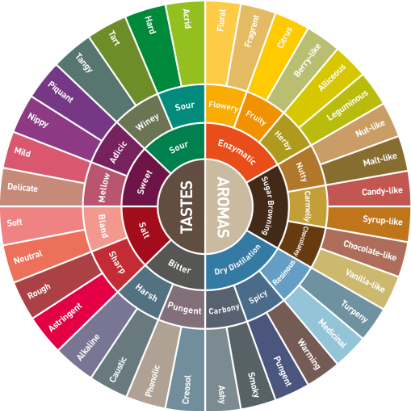
Aroma
The scent of a cup of coffee has a direct influence on how we perceive its flavor. As you drink coffee try to notice if the scent is smoky, fruity, earthy, spicy, nutty or grassy.
Acidity
One of the most defining characteristics of a cup of coffee is its acidity. This is the sharp, bright tangy quality of coffee that perks up our senses. Coffee doesn’t necessarily contain just one type of acid, either. It may contain citric acid, malic acid (fruity in flavor) or even quinic acid from stale coffee, which gives us stomach aches.
Body
This is the weight, thickness and texture of coffee in your mouth. The body of different types of coffee falls on a spectrum of light- to full-bodied viscosity (thin to thick).
Flavor
This is where comparisons come in handy and there is some overlap between aroma and flavor. Your coffee might taste bitter, sweet, savory or sour with common comparisons to chocolate, wine or fruit.
Related Posts
